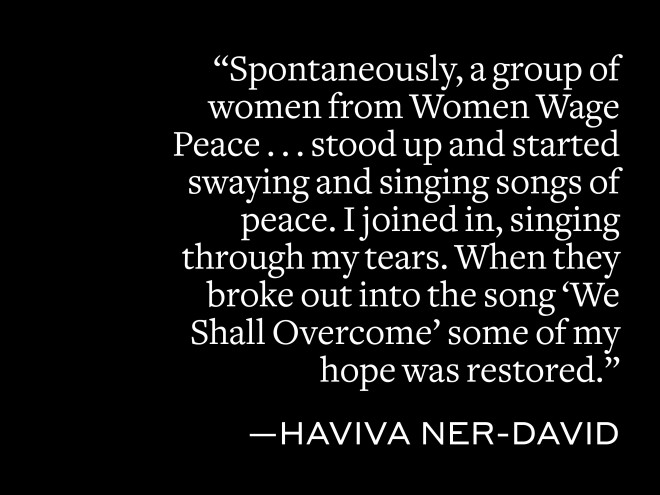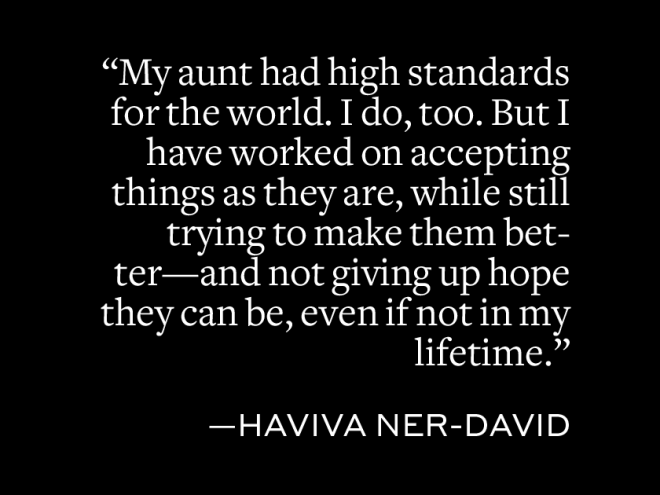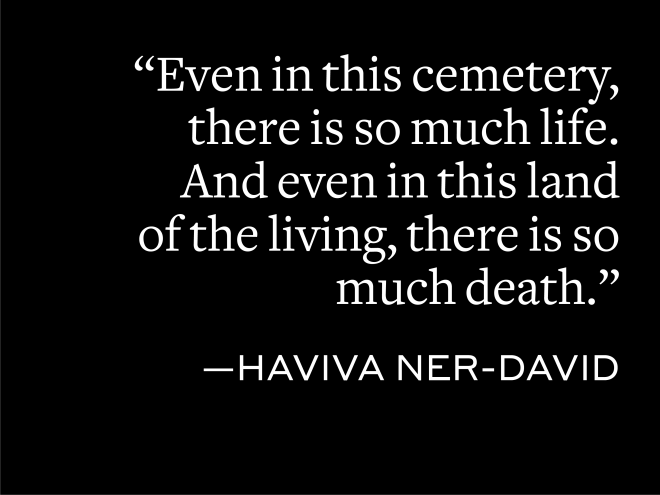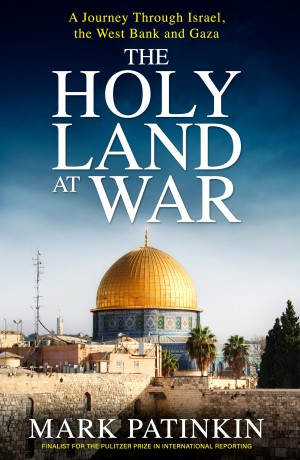Hope Valley is the story of two women, one Jewish-Israeli and one Palestinian-Israeli, who come together to form the unlikeliest of friendships. Tikvah and Ruby, who both carry familial and collective trauma, meet one day in the Galilean valley that separates the segregated villages in which the two women live. This physical divide is symbolic of something much greater‚ the political enmity that has defined the history of two nations in this troubled land and which has led to parallel cultures with little meaningful interaction between them.
This is a book about the strength and fragility of family ties, the power trauma holds in shaping our lives, the strength we muster to face death and suffering, the vicissitudes of marriage, and the glorious meaning of friendship. Tikvah and Ruby’s story taps into the primal need for connection, as well as the rich and transformative bonds that can result from synchronistic encounters. In Hope Valley, we meet two strong women from nations in conflict, who circle each other and, in recognizing each other’s pain, offer us hope that fear and resentment can grow into love.

Fiction
Hope Valley: A Novel
September 1, 2020
Discussion Questions
Courtesy of Haviva Ner-David
- What are the various circumstances and needs that kept Ruby and Tikvah apart and then bring them together? What helps them overcome their initial suspicions of each other and become true friends? What does this suggest about Palestinians and Jews in Israel and the healing that can happen on a collective level?
- What motivated Tikvah to move to Israel? How does her view on the Zionist narrative she was taught change over time and why?
- Why is Alon unable to give Tikvah the emotional support she needs to deal with her failing health? And what makes him able to come around in the end?
- Is what ways is Jamal and Marie’s relationship tragic? Are either of them at fault? How can the front story in 2000 (Tikvah and Ruby, Talya and Udi, Alon and Tikvah, the situation on Moshav Sapir) be a corrective for the backstory in 1948?
- Describe some of Tikvah’s ambivalences about fully supporting Ruby, Alon and Talya. What solution does she find in the end? What does her solution suggest about a possible solution to the Israeli-Palestinian conflict?
- Describe Ruby’s and Tikvah’s development as characters in the novel. How did you feel about them each as a characters in the opening of the novel? At the end of the novel?
- Who are all of the mixed breeds in the novel? What is the author suggesting my using that theme throughout the book?
- What does Cane represent (her existence, her breed, her name, how she showed up in Tikvah’s life, etc.), and what is her role in the novel?
- What do you think of the cover art? What does it represent? And what is the symbolism of the Tree of Hope in the novel?
- What do you think of the ending of the novel? How would you describe it? What message and feeling do you think the author was trying to leave with the reader?

Jewish literature inspires, enriches, and educates the community.
Help support the Jewish Book Council.



